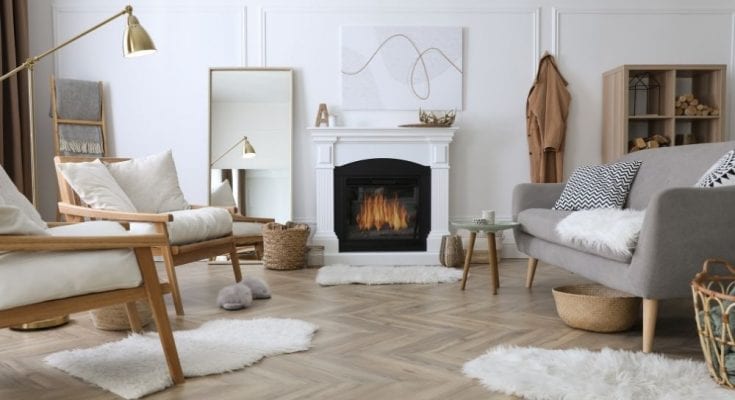Whether houses are newly built or rehabbed over time, many features set apart home life currently from that of families throughout history. In looking at what’s valued and how changes have been implemented, it’s easy to see that we (as a society) have shifted. By evaluating how houses have changed over time, you may have missed the subtle evolution.
Materials
The materials used mark a major difference associated with new homes versus their older counterparts. Throughout the past one hundred years or so, we’ve found that many of the materials used in homes early on are dangerous to our health and safety. Some examples include asbestos siding, lead paint, clay pipes, non-grounded outlets, cloth wiring, and fuse boxes instead of the circuit breakers we now have.
In addition to setting codes for many of the materials associated with home builds and updates, many people have found ways of implementing energy-efficiency features. From replacing windows to insulation to using materials for energy conservation, construction has come a long way.
Room Size
The room size that is desired by prospective home buyers and current homeowners is always a high priority. In older homes, walls are often removed to open spaces. The openness is appealing both aesthetically and practically. They also started adding on features such as garages and basements in an effort to store more and add space.
Room Use
In the past, many homes had a dining room, kitchen, family room, and living room. Plus, it was a theme to keep rooms that looked unlived in. Since then, many people have used the open floor concepts to better utilize these spaces. In the removal of walls, living rooms have flowed into other spaces. People have begun using what was once a space for cooking into a cozy kitchen where family and guests can spend time together.
This past year in quarantine has shed light on the best and most creative ways to utilize the rooms in our homes. Off-limits rooms, once meant for entertaining guests, now seem cold and impersonal. Understanding how houses have changed over time will allow you to see where you can make improvements. Taking the initiative to adjust a home to fit a family’s needs not only makes living in it more fulfilling and practical, but it may make the house more marketable later.


